Dash has some very similar characteristics when compared to Decred but one notable difference is its network of Masternodes, which provides additional services to the network including InstantSend
The thing about the Crypto market is that you will always find new coins. Bitcoin, as the most well-known crypto, gave rise to an extensive range of cryptocurrencies. These coins take the Bitcoin codebase as a starting point but implement new technologies and utilities. Dash and Decred are two examples of cryptos built around the Bitcoin concept but with unique features. Let`s analyze them and check out their best perks!
A brief history of Dash
Dash, originally known as XCoin, was created in 2014 by Evan Duffield, an early Bitcoin enthusiast who was frustrated with some limitations of the Bitcoin network. Some of his main concerns were related to the slow transaction times and lack of privacy features provided. It was rebranded again in 2015 as Darkcoin, receiving constant press and critics for being common in dark net markets. On March 2015, the project went through another rebrand to its current name Dash, an abbreviation for Digital Cash, since then the cryptocurrency`s association with illicit activities on the dark web has gradually decreased. Dash is now a highly influential and well-known crypto, with a US$ 690 million market cap.
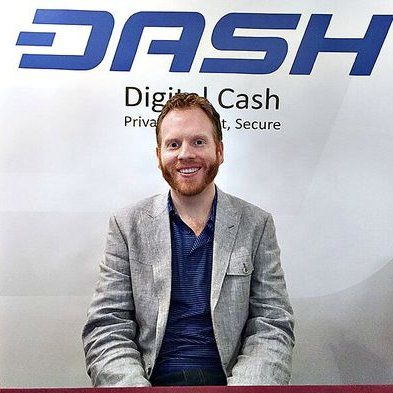
When talking to @Luiz_Ant0n10, a member of the Dash community, he described the project in the following way:
"Using Dash as a payment method is for cool people, join the Dash network and experience true decentralization"
Operation and funding
Dash has some very similar characteristics when compared to Decred. It has a two-tier architecture, using a combination of Proof of Work (PoW) and Proof of Stake (PoS), and is a project that also relies on community-driven development. Dash has a formalized governance system that conceives the funding of development projects. The project created a treasury funded by a portion of each block reward. Dash block rewards are divided among three groups:
-36% to Miners
-54% to Masternodes (specialized nodes on the network that perform functions like InstaSend and PrivateSend)
-10% to the Dash treasury
The Decred governance system also revolves around a hybrid PoW/PoS consensus algorithm. Designed to promote decentralization and community involvement. The project has a decentralized treasury and a proposal system. Block rewards get divided in the following manner:
-10% to miners
-80% to stakeholders
-10% to the Decred treasury
Recently Decred approved a proposal that will change once more the PoW/PoS subsidy split, and will also change the PoW algorithm to BLAKE3. The new division will be:
-1% to miners
-89% to stakeholders
-10% to the Decred treasury
This new change happens with the motivation to combat mining cartels within the project. After the split subsidy change last year, analyses showed the mining cartel behavior of mining/dumping was still profitable. The new subsidy split is a new countermeasure to maintain sustainability, the algorithm change will now make it possible to mine DCR with regular computer power, breaking the ASICs-based cartel.
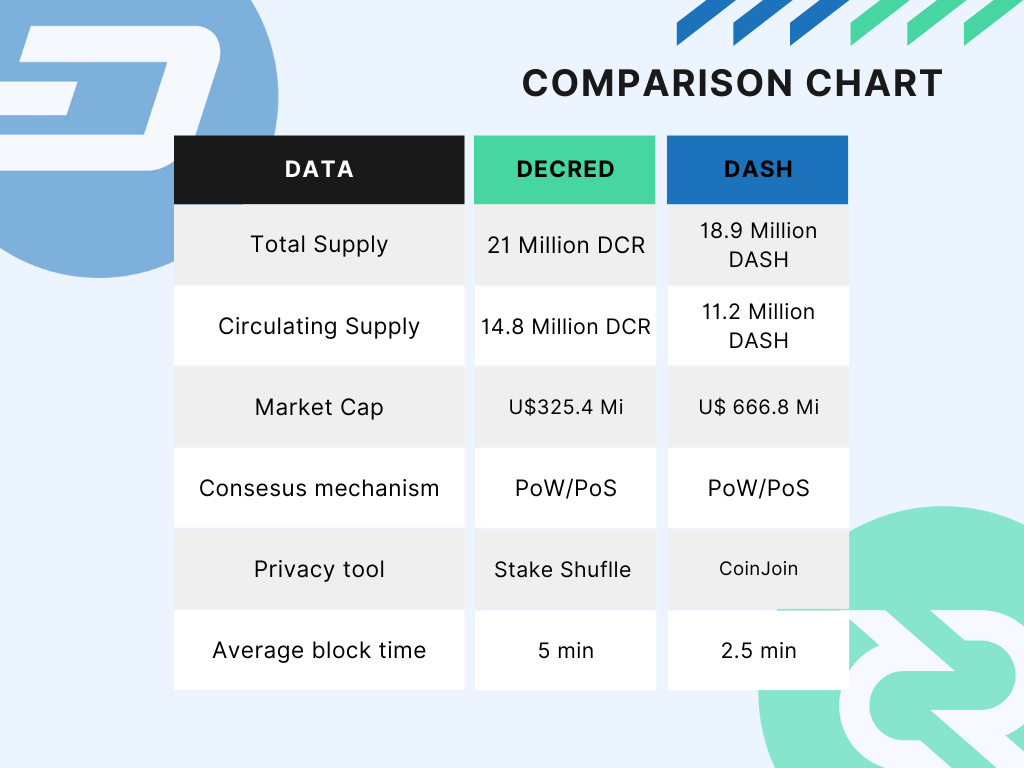
One notable Dash feature is its network of Masternodes, which provides additional services to the network. These nodes are operated by community members who hold a certain amount of DASH, they guarantee a minimum level of performance and functionality to perform tasks related to block validation, transactions, and privacy features. According to the Dash documentation Dash had over 5000 Masternodes in over 45 countries in 2018. Dash block reward is approximately 3.34 DASH, so the selected Masternode receives 1.67 DASH per payment or approximately 6 Dash per month.
Both Decred and Dash have their proposal website. The Dash community has gathered around DashCentral, where they discuss and vote on proposals formally submitted on the project's blockchain. Each proposition includes a description of the goals, details of what work will be for, and a breakdown of the requested budget. Decred's Politeia platform works similarly. It facilitates the submission, tracking, and discussion of Decred governance proposals by stakeholders. To vote, stakeholders must time-lock DCR to buy tickets. While tickets are live they can be used to cast a vote for or against each open Politeia proposal. Anyone can submit a proposal at Politieia, describing the work aimed to be accomplished and how much it would cost.

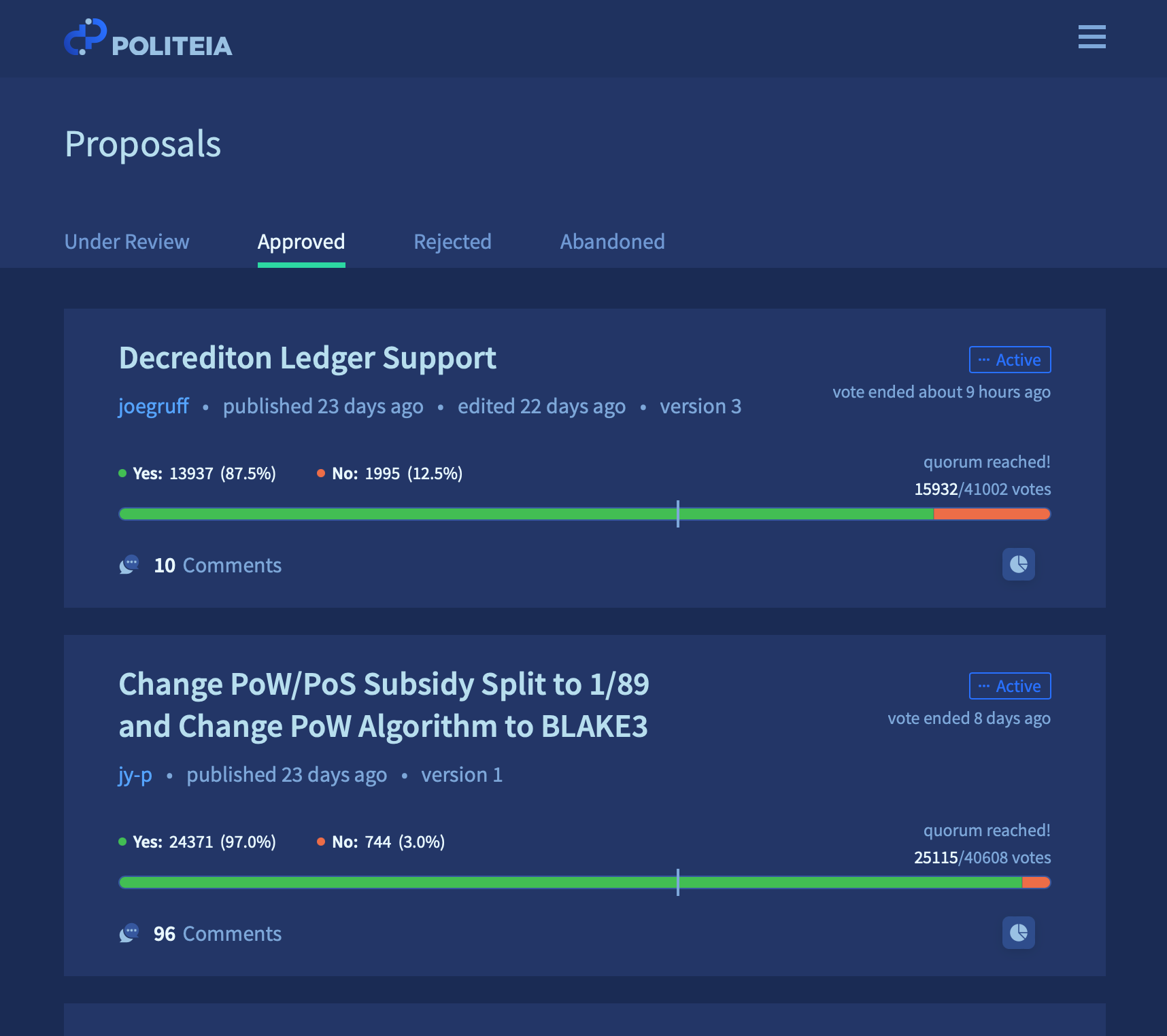
Transactions and Privacy
A powerful feature of the Dash network is the InstantSend process, which allows near-instant transaction confirmation times. The confirmation is completed through the use of Masternodes to verify, lock the transaction, and broadcast the information to the network. InstantSend is a great technology that allows crypto to compete with instantaneous transaction systems (like credit cards) without a central authority.
Decred implemented the Lightning Network on its blockchain as a way to enable fast and cheap transactions. This feature allows users to create payment channels between them, sending/receiving funds instantly without needing a confirmation on the blockchain. This second-layer protocol helps reduce the congestion on the main blockchain by enabling transactions to be conducted off-chain. With the Lightning Network transaction fees are lower and the network scalability is higher.
Dash also implemented CoinJoin on its core wallet, a privacy-preserving method of running a sequence of transactions in a way that an observer has difficulty tracing transaction history. Decrediton, Decred digital wallet also uses a CoinJoin mixing protocol StakeShuffle. By using this feature users can shuffle their coins with other users, obfuscating the ownership of DCR. When using Stakeshuffle outputs are fully anonymized.
DCR owners also have their own DEX, DCRDEX is a decentralized exchange where you can trade crypto with many other coins, with or without the need for DCR, including:
-Bitcoin (BTC)
-Litecoin (LTC)
-Doge (DOGE)
-Monero (XMR)
-ZCash (ZEC)
Coins like Digibyte (DGB) and Firo (FIRO) are also on the way to being supported on DCRDEX. Would you like to see DASH included on DCRDEX?

Moving Foward
Decred and Dash made significant contributions to the blockchain ecosystem. They have taken different paths in the crypto market, but share a common goal of promoting decentralization and open governance. Which is your favorite Decred/Dash feature? Leave a comment!


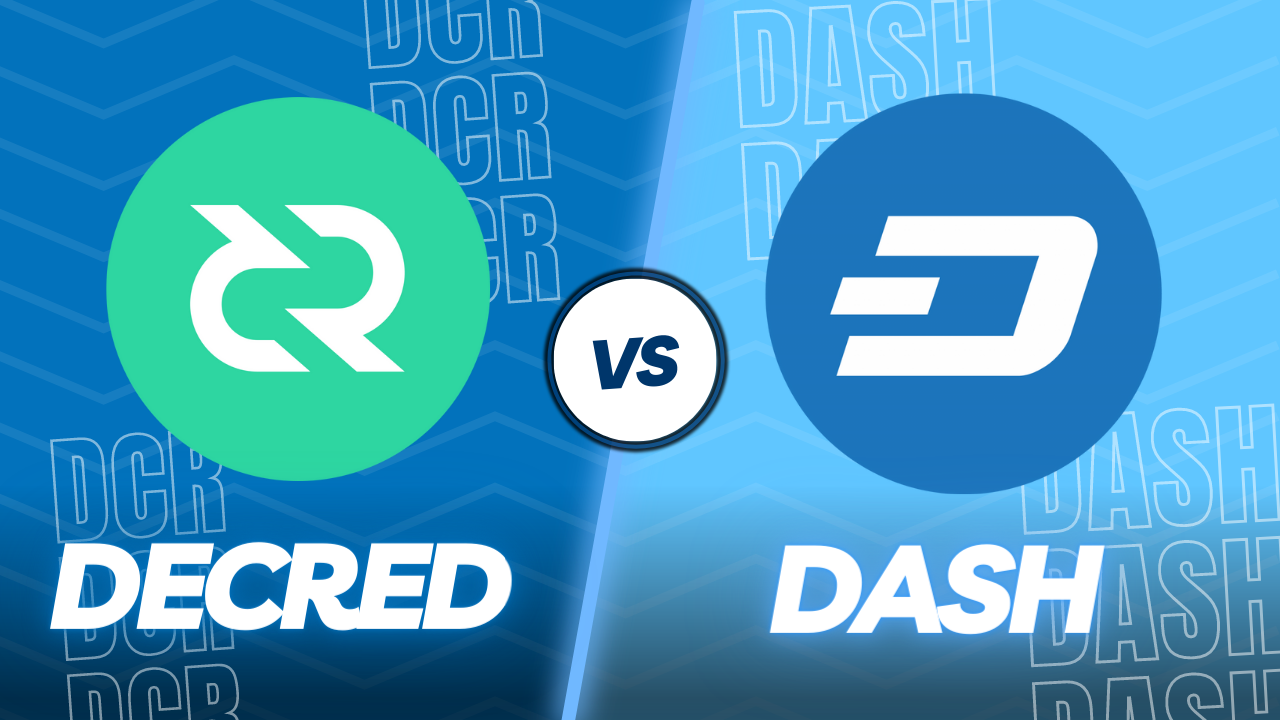
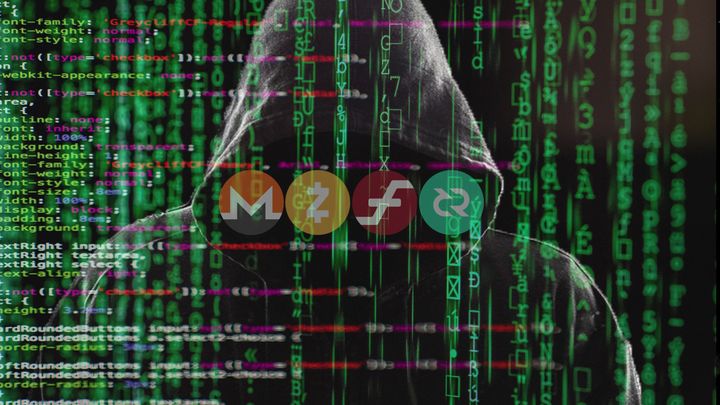
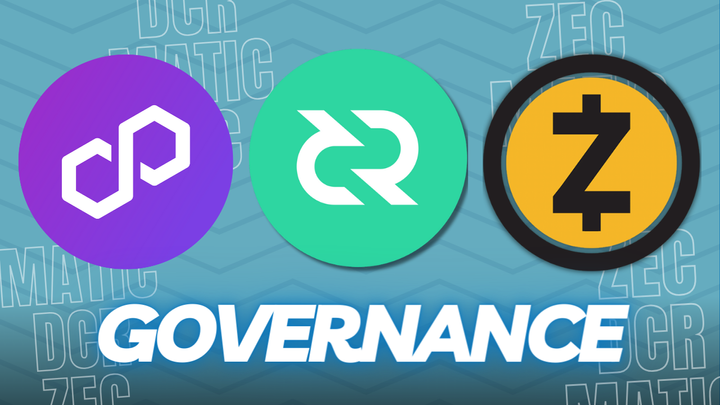
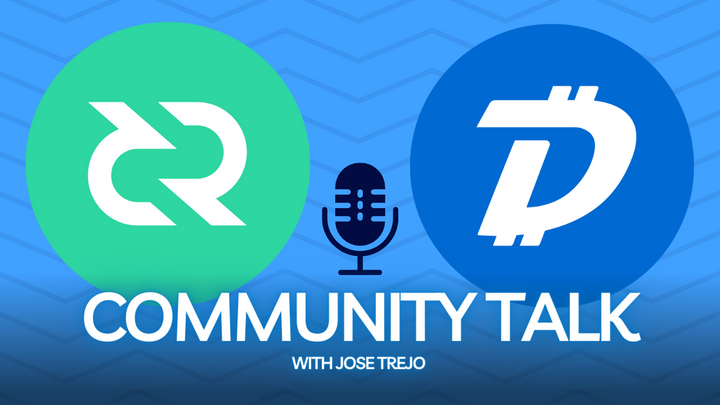
Comments ()